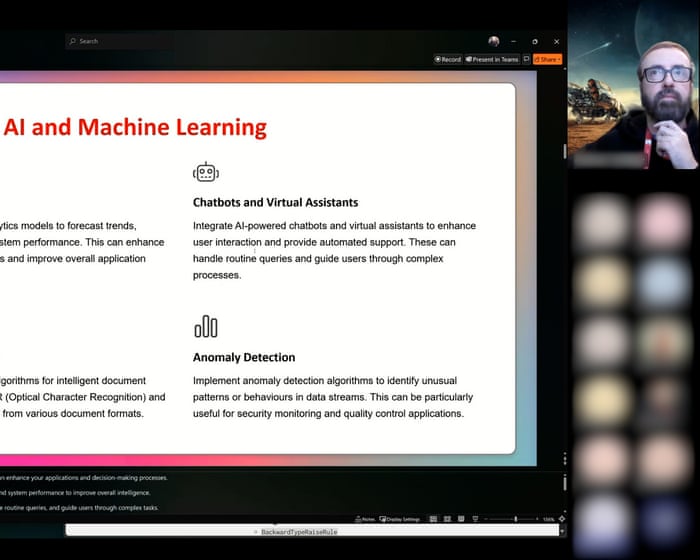SURFing to the Fundamental Limit of Jet Tagging
NeutralArtificial Intelligence
- The SURF method introduces a novel framework for validating generative models in jet tagging, focusing on the performance limits of algorithms. This approach utilizes generative surrogate models to conduct Neyman
- This development is significant as it suggests that advancements in jet tagging algorithms are approaching their optimal capabilities, which could have implications for future research and applications in particle physics and machine learning.
— via World Pulse Now AI Editorial System

